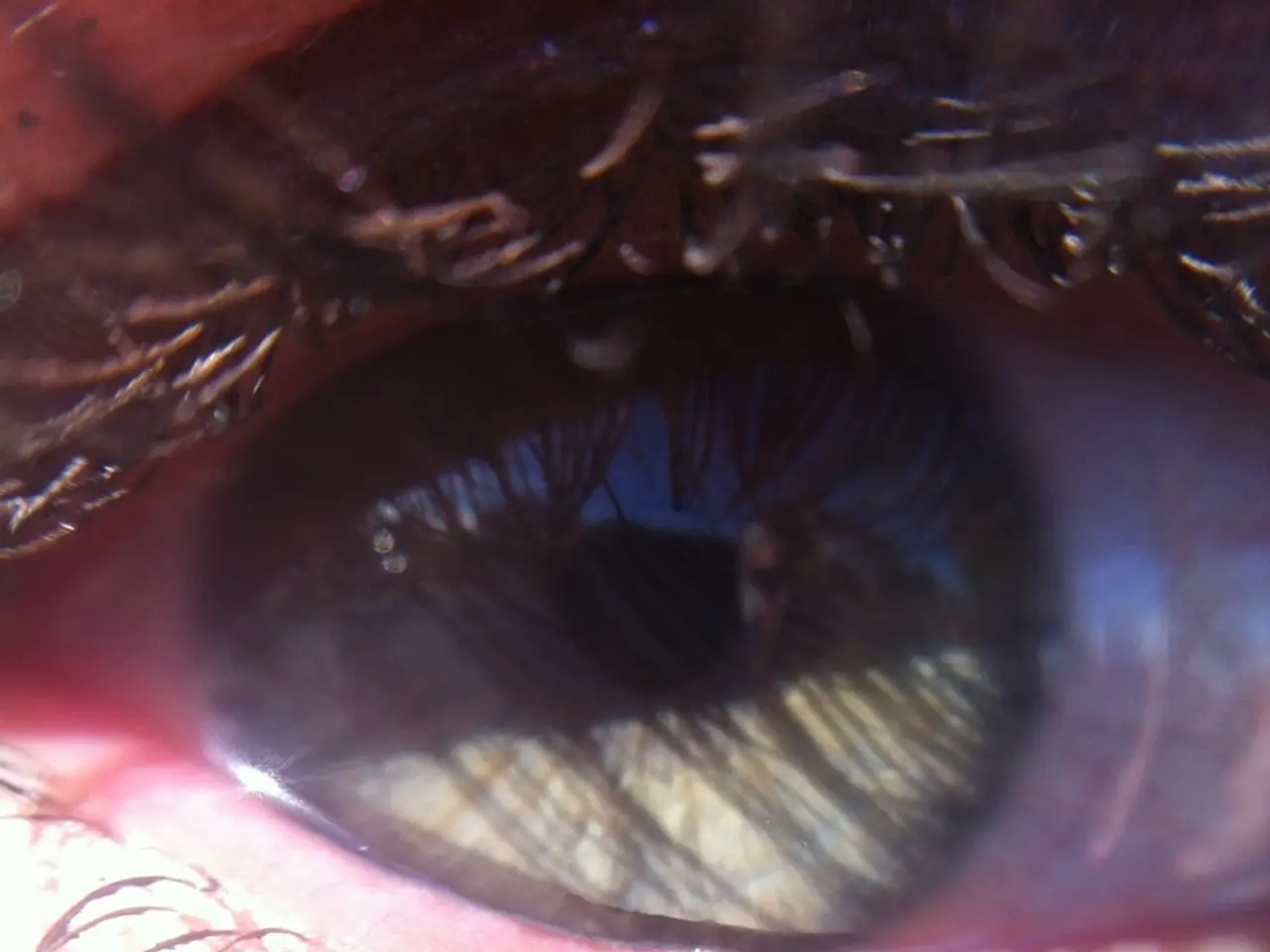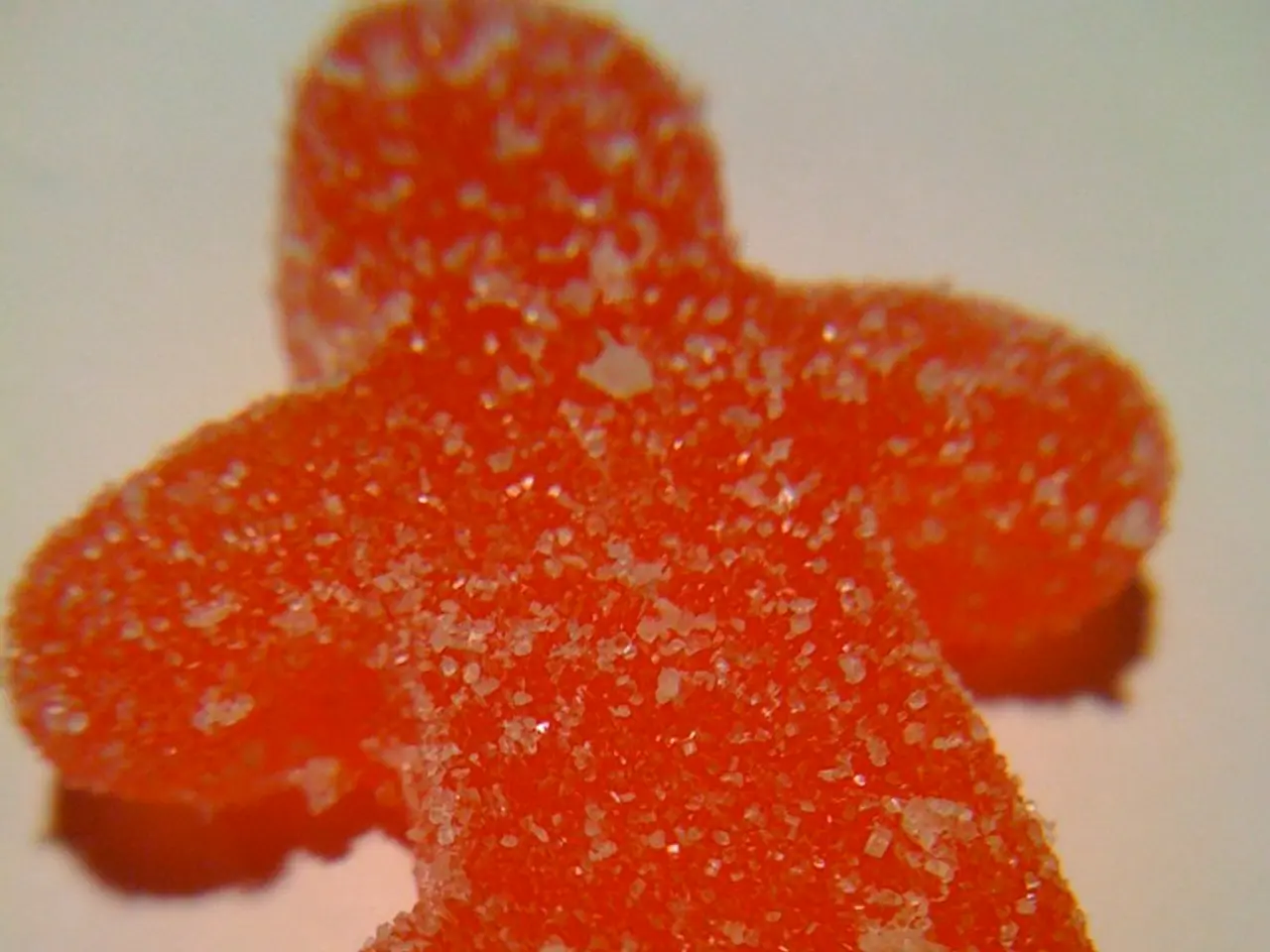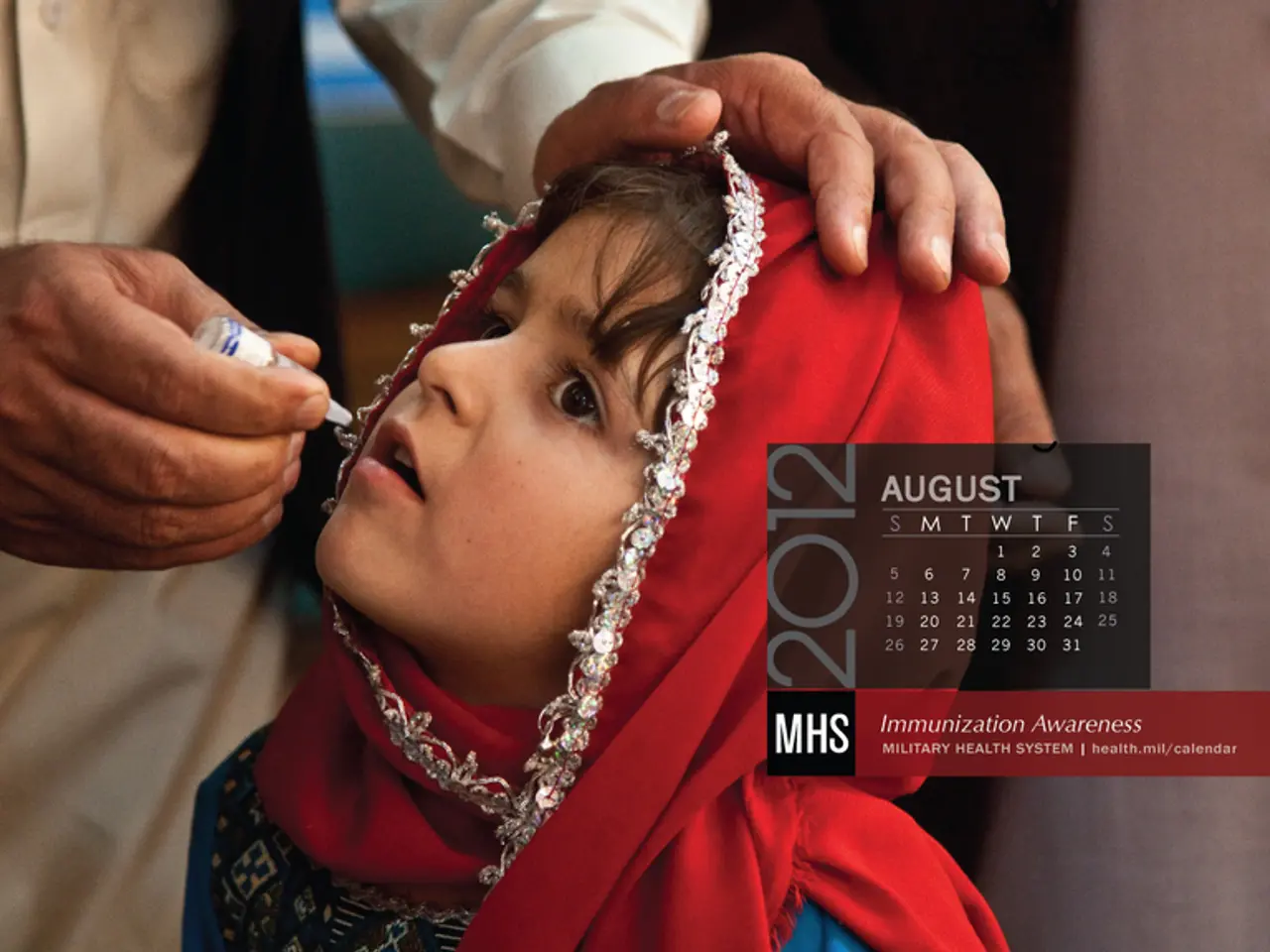Treatment and Prognosis of Vernal Keratoconjunctivitis
Vernal keratoconjunctivitis (VK) is a chronic, severe allergic condition that affects the eyes, particularly in children and young adults. This condition, often referred to as "vernal" due to its seasonal nature, causes inflammation of the cornea and conjunctiva [1].
The symptoms of VK include watery eyes, blurred vision, sensitivity to light, and thick, ropy mucus discharge. If left untreated, VK can lead to complications such as ulcers, cataracts, glaucoma, and vision loss [1].
Doctors diagnose VK by taking a detailed medical history, asking about symptoms and when they started, conducting a physical examination, and inspecting the conjunctiva for signs of papillae and Trantas dots [1]. Prompt diagnosis and treatment are essential to prevent permanent eye damage.
For mild VK, doctors may prescribe topical antihistamines such as levocabastine and emedastine, lubricating eye medications, and over-the-counter decongestant eye drops are not effective [1]. For moderate VK, doctors may prescribe mast cell stabilizers such as cromolyn, lodoxamide, and pemirolast [1].
However, the recommended treatments for severe VK primarily include topical corticosteroids to control acute inflammation. These include agents like dexamethasone, fluorometholone, loteprednol, prednisolone, rimexolone, and others [1]. While corticosteroids provide rapid symptom control, their long-term use is limited due to risks like elevated intraocular pressure, cataracts, and infection [1].
The current approach favours a shift towards precision immunotherapy using targeted topical agents that modulate ocular surface inflammation safely over time [1]. Specifically, tacrolimus ophthalmic suspension (commonly 0.1%) has shown significant efficacy in improving clinical symptoms of VK [4]. Cyclosporine is also frequently used as a steroid-sparing immunosuppressive agent. Additionally, topical rebamipide has demonstrated effectiveness in reducing signs of VK [3].
Other emerging options include JAK inhibitors, IL-1 receptor antagonists, and other novel immunotherapies [1]. Adjunctive measures such as artificial tears and cold compresses may provide symptom relief but are supportive rather than primary treatments for severe VK [5].
In conclusion, severe VK treatment involves a combination of rapid inflammation control with topical corticosteroids, long-term management with targeted immunomodulatory agents like tacrolimus 0.1%, cyclosporine, and rebamipide, and emerging options such as JAK inhibitors, IL-1 receptor antagonists, and other novel immunotherapies. Supportive care includes artificial tears and cold compresses [1][3][4][5].
To ensure optimal eye health and wellness, it's crucial to understand medical-conditions like vernal keratoconjunctivitis (VK), a chronic eye condition that primarily affects children and young adults, known for its seasonal nature and associated with inflammation of the cornea and conjunctiva. Science and medical advancements have led to various treatments for VK, including topical antihistamines, mast cell stabilizers, corticosteroids, and immunomodulatory agents such as tacrolimus 0.1%, cyclosporine, and rebamipide, which provide both short-term symptom relief and long-term management for severe cases of conjunctivitis.




